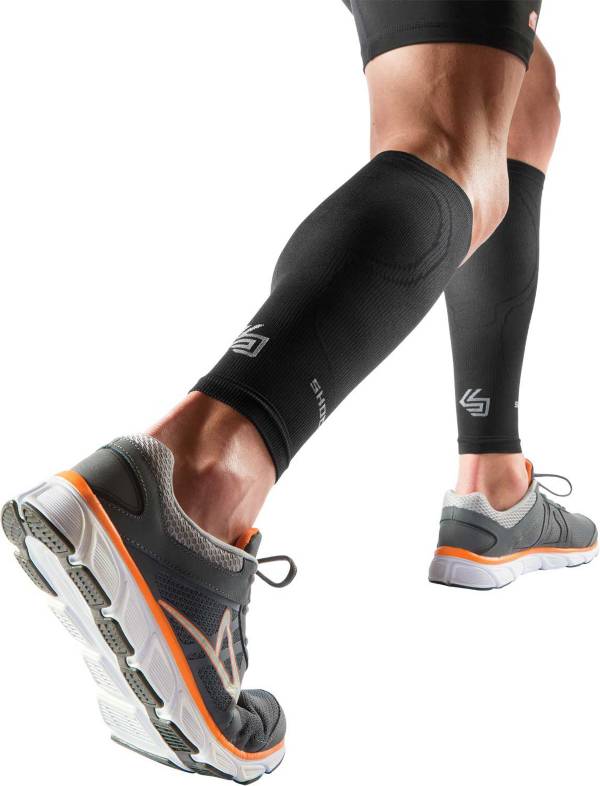The Assessment, Management and Prevention of Calf Muscle Strain
4.8 (209) · $ 31.99 · In stock
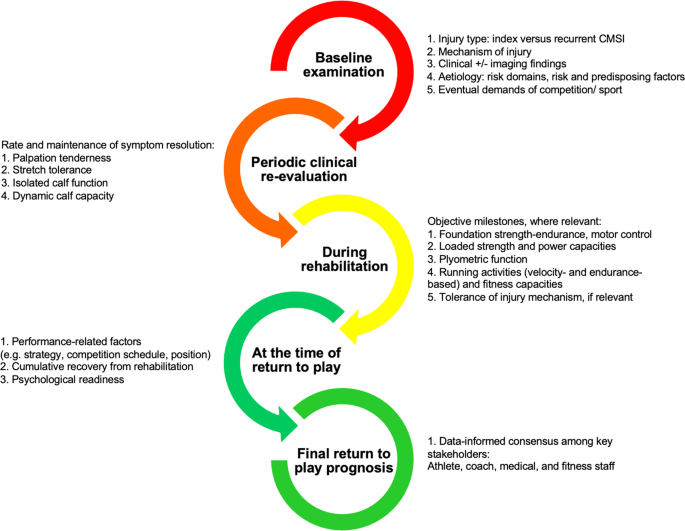
Background Despite calf muscle strain injuries (CMSI) being problematic in many sports, there is a dearth of research to guide clinicians dealing with these injuries. The aim of this study was to evaluate the current practices and perspectives of a select group of international experts regarding the assessment, management and prevention of CMSI using in-depth semi-structured interviews. Results Twenty expert clinicians working in elite sport and/or clinician-researchers specialising in the field completed interviews. A number of key points emerged from the interviews. Characteristics of CMSI were considered unique compared to other muscle strains. Rigor in the clinical approach clarifies the diagnosis, whereas ongoing monitoring of calf capacity and responses to loading exposure provides the most accurate estimate of prognosis. Athlete intrinsic characteristics, injury factors and sport demands shaped rehabilitation across six management phases, which were guided by key principles to optimise performance at return to play (RTP) while avoiding subsequent injury or recurrence. To prevent CMSI, periodic monitoring is common, but practices vary and data are collected to inform load-management and exercise selection rather than predict future CMSI. A universal injury prevention program for CMSI may not exist. Instead, individualised strategies should reflect athlete intrinsic characteristics and sport demands. Conclusions Information provided by experts enabled a recommended approach to clinically evaluate CMSI to be outlined, highlighting the injury characteristics considered most important for diagnosis and prognosis. Principles for optimal management after CMSI were also identified, which involved a systematic approach to rehabilitation and the RTP decision. Although CMSI were reportedly difficult to prevent, on- and off-field strategies were implemented by experts to mitigate risk, particularly in susceptible athletes.
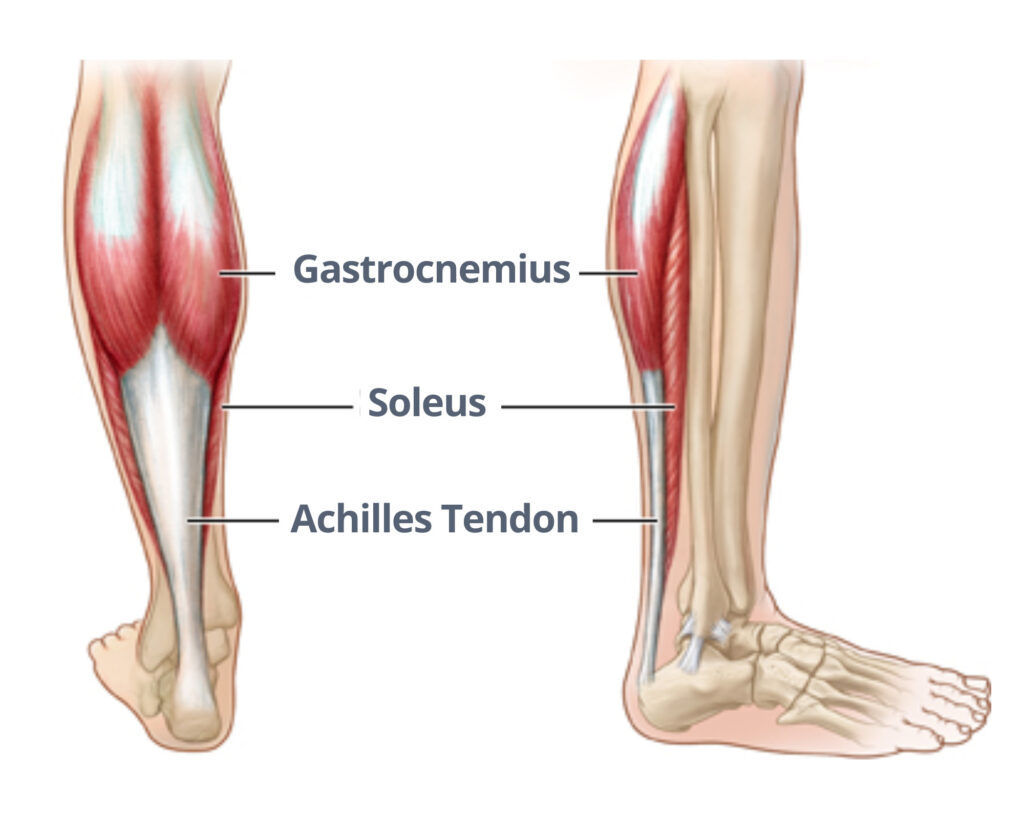
Physio For Calf Strains In Runners

Calf Strain Recovery for Runners - PhysioTec

ACPSM Physio Price A4, PDF, Inflammation
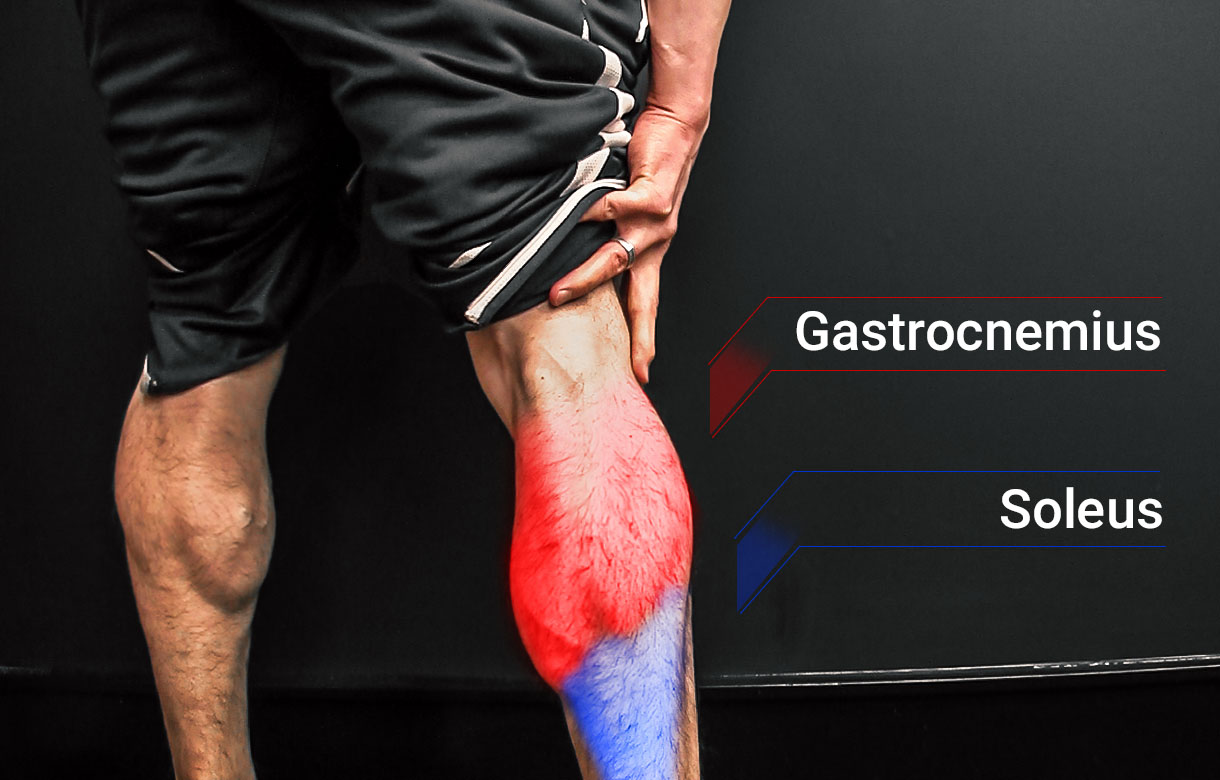
How To Do Standing Calf Raises

José Luis Estévez Rodríguez on LinkedIn: 📝🤓 The Assessment
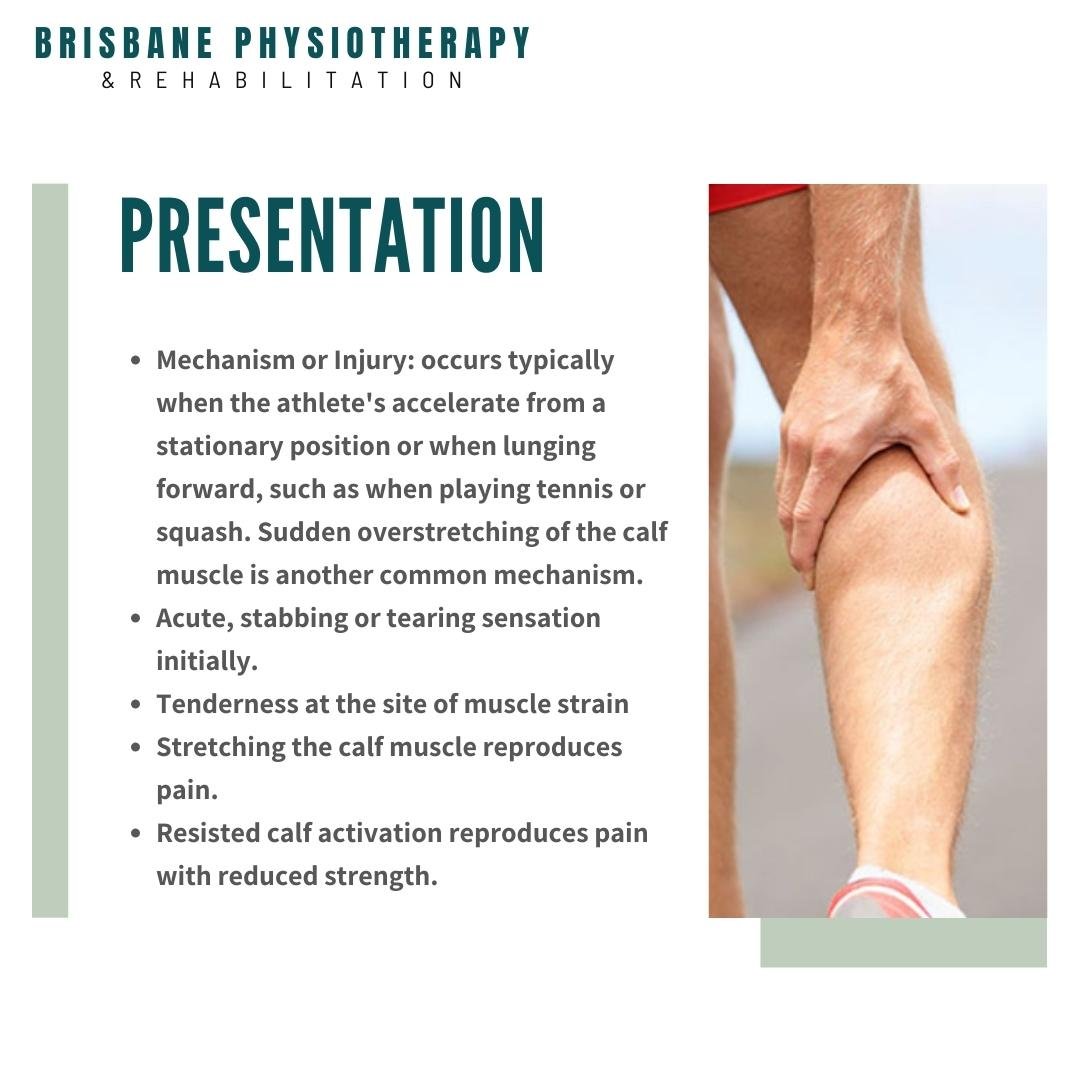
What is a Calf Strain - Brisbane Physiotherapy

Calf Muscle Injuries Lamberti Physiotherapy
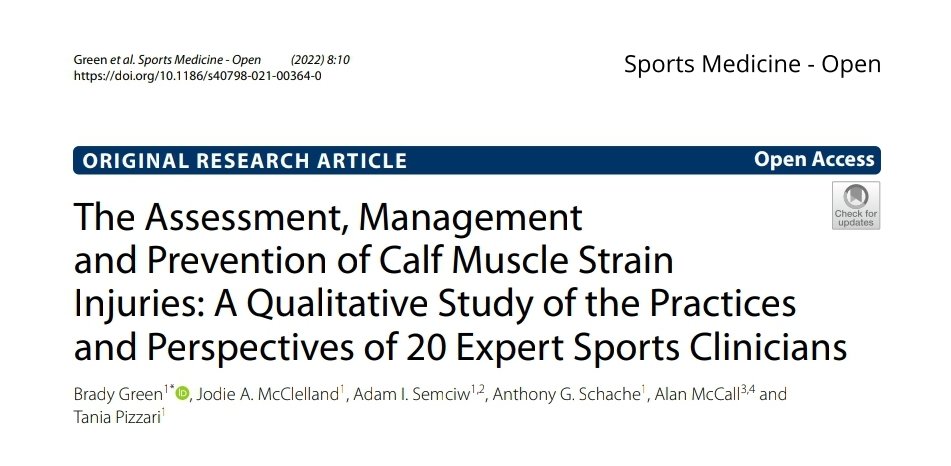
ACPSEM on X: 𝘊𝘈𝘓𝘍 𝘔𝘜𝘚𝘊𝘓𝘌 𝘚𝘛𝘙𝘈𝘐𝘕 Interview

Calf Pain Physiotherapy - Thrive Physio Plus

Clinical Edge - 135. Rehab calf strain patients effectively

Calf Strain Recovery for Runners - PhysioTec

The Assessment, Management and Prevention of Calf Muscle Strain

Calf muscle strain injuries in elite Australian Football players

Tom Goom on LinkedIn: #glutealtendinopathy #glutesrehab

The mechanism of injury for: (A) index injuries and re‐injuries





